So how are Chillies used in cooking around the world? The simple answer is – in many, many ways! Cooking with Chillies is done daily by a sizeable part of the world's population in a lot of different styles. So it just stands to reason, with so much practising going on, someone somewhere has tried at least one of many possible ways of preparing them.
The following list is a start to understanding what some of the possibilities are.
Hot sauces and relishes
Almost every country where Chillies are eaten has its own special hot sauce or Chilli relish. Peri-peri sauce from Portugal, Sriracha from Thailand, Tabasco sauce from the USA and Chili pepper water from Hawaii are examples of hot sauces like this. Chillies are frequently combined with vinegar, garlic, lemon juice, fruit, and other ingredients to make these sauces. The ingredient combinations are then commonly cooked, and blended. Methods like fermentation and barrel ageing are used to enhance flavour further.
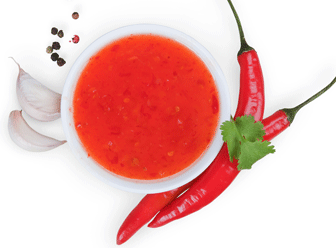
Relishes are generally made by combining Chillies with Bell peppers and other ingredients like tomatoes, ginger, garlic and spices. They are thicker than hot sauces and are generally spooned rather than poured over food. Relishes are particularly popular in Eastern Europe. Adjika and Pindjur from Georgia and Bulgaria respectively are examples of this type of sauce. They are regarded as specialities of their home countries. Another example is Ajvar from North Macedonia.
In South East Asia, hot sauces can be used as condiments, but also as dipping sauces. Typically, meat or vegetables on skewers or spring rolls will be dipped into these sauces . Examples include Nam Prik Poa from Thailand and Sambal Balado from Indonesia. In countries like Thailand, Indonesia., Malaysia and Vietnam ingredients like galangal, lemon grass, fish sauce, shrimp paste and lime juice are used to make these sauces.
Jams and Chutneys
Chillies are typically combined with ingredients like apples, tomatoes, and other vegetables/ fruit to make fantastic jams and condiments served with food. Chilli and tomato jam  is not only used to spread on bread, but also with roast meats.
is not only used to spread on bread, but also with roast meats.
Chutneys are typically served with curry or as a dip with flatbreads like rotis, chappatis or naans.
Pickles
Chillies make great pickles when aged in vinegar and other spices. A great advantage of making a Chilli pickle is that the vinegar utilised for the pickling can be used to flavour drinks like Bloody Marys and add flavour to stews like Feijoada.
A great example of a fermented pickle /side dish made with Chillies is Kimchi from Korea. It is made with Chinese cabbage, diacon radishes and spring onions
Vinegar and oils
Chillies are steeped in oil or vinegar, so that the Chilli's flavour is imparted to the liquid or oil. These are then used to add flavour to dishes like pizza ( with Chilli oil ) and collards, where Chilli vinegar is added for a great spicy taste.
Another use for Chilli oil is for frying onions, garlic, and other spices when starting a curry or other spicy stew. All of these are really easy and effective ways of cooking with Chilllies.
Roasted or stuffed
Milder varieties (sometimes pungent) Chillies like Bell peppers, Poblanos, Cubanelles and Jalapenos are frequently used more as a vegetable rather than as a spice. They are typically stuffed with a filling consisting of cheese, rice or meat, and then baked in the oven. They may also be charred or roasted before baking, to add flavour. An example of a hot Chilli being used in this way is the Rocoto from Peru.
before baking, to add flavour. An example of a hot Chilli being used in this way is the Rocoto from Peru.
In Brazil and Mexico, Chillies are stuffed, coated in breading or batter, and then fried. Dishes like Rellenos and Crispy Brazilian Chilli poppers are all examples of this fantastic way of cooking Chillies. Padron Chillies from Spain and Rocotos from Peru are prepared by frying the whole Chillies in olive oil until they soften and blister. Fried whole Chilles dishes are typically served as appetizers
In the USA, Jalapenos are stuffed with cheese, wrapped in bacon, and then baked in the oven ( Jalapeno poppers). Similarly, in the UK, prawns are stuffed in Chillies ( prawn stuffed Chillies) and then also baked. These dishes are commonly served as a starter as part of a dinner party or seafood evening. Another great way of cooking with Chillies
As a dry spice
Hotter varieties like Cayenne and Birds-eye Chillies are used to make Chilli powders, flakes, and rubs. for everyday use. Superhot cultivars like Ghost peppers and Scotch bonnets are also ground into powders and flakes for use in Carribean style cooking. Urfa biber , a dried Chilli with a burgundy colour when dried, is an upcoming favourite amongst chefs. It has its origins in Turkey , but has since started becoming popular around the world.
Urfa biber , a dried Chilli with a burgundy colour when dried, is an upcoming favourite amongst chefs. It has its origins in Turkey , but has since started becoming popular around the world.
Chilli powders are used extensively to make curries and other spicy dishes like Chili. Chilli flakes are typically used to add flavour to grilled meats and vegetables. They are also great sprinkled over cheese, eggs and dips.
Barbeque rubs are made by blending spices with ingredients like sugar , salt, garlic powder, onion powder, black pepper and other spices. This spice is then rubbed into meat before it is barbecued over an open fire or in a kettle barbeque. Rubs are also used to smoke and slow cook meat. These methods of cooking are particularly popular in the USA . Another great way of introducing flavour when cooking with Chillies
Stir fries
Stir fries are a category of cooking with Chillies that requires a special mention. In countries like Thailand, China, Korea and Indonesia, countless dishes are made using Chillies. They are used both as a vegetable and a spice to make these dishes. Some of the more popular stir fries from these countries include Pad Thai and stir-fried noodles with Sai Au from Thailand, spicy fried rice from China, Nasi Goreng from Indonesia and Kimchi Bokkuembap ( kimchi fried rice from Korea). Other countries where stir fries are popular with Chillies include Vietnam, Malaysia and Mexico
As a vegetable 
Fresh chillies are used to add piquancy and flavour to curries, goulashes, soups, salads, and spicy stews. Typically, when being used like this, Chillies are there to perform the role of a vegetable and also to provide piquancy to the dish. This is an important element in cooking with Chilllies, especially in curries
Additionally, they are chopped and eaten raw (typically green Chillies) with curries, either on their own or as an ingredient in sambal
Snacks
Chillies are used to make fried snacks like Punungulu , Pakoras, Bhajis , and Samosas from India , Chilli bites from South Africa and Tod man pla from Thailand. Chillies are also used to make a wide selection of fritters in countries like Vietnam and Indonesia.
Finally
So, cooking with Chillies is very diverse. The above are but a start to exploring how Chillies are used in cooking. Consider, for instance (amongst many other uses) cheesemaking, baking, desserts and making spicy drinks. The list goes on.
Join us in our voyage of discovery into the fascinating world of Chillies.

Theme meals with Chillies
 Popular street food
Popular street food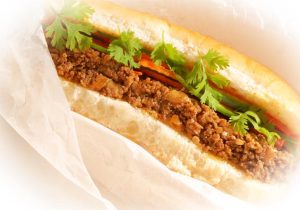


 were known for their lavish and flavourful
were known for their lavish and flavourful
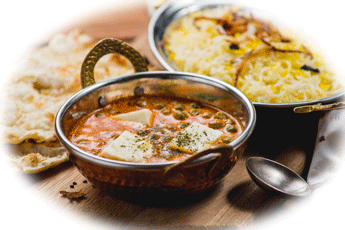


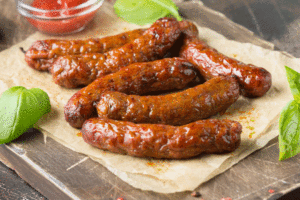


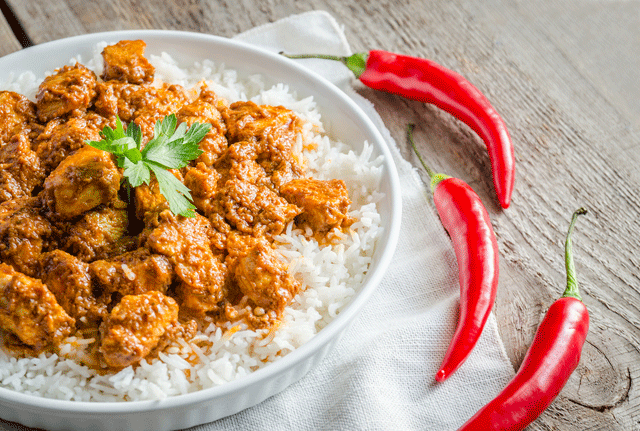





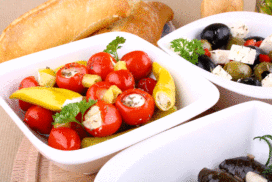


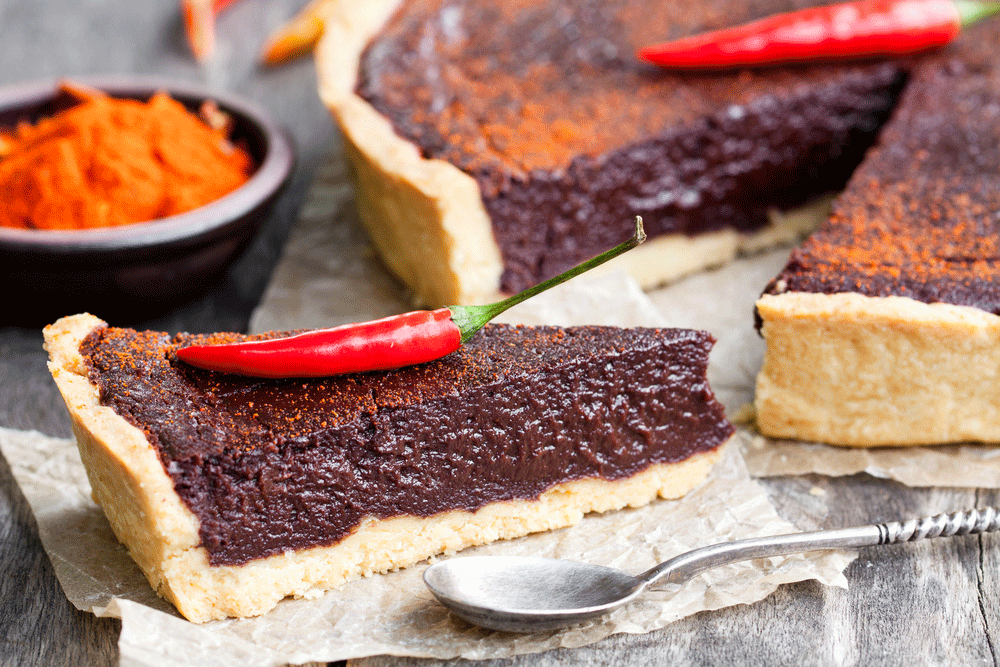











 red pepper flakes. The mixture is then encased in a sausage casing and left to cure, allowing the flavours to meld and intensify.
red pepper flakes. The mixture is then encased in a sausage casing and left to cure, allowing the flavours to meld and intensify.